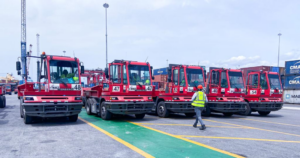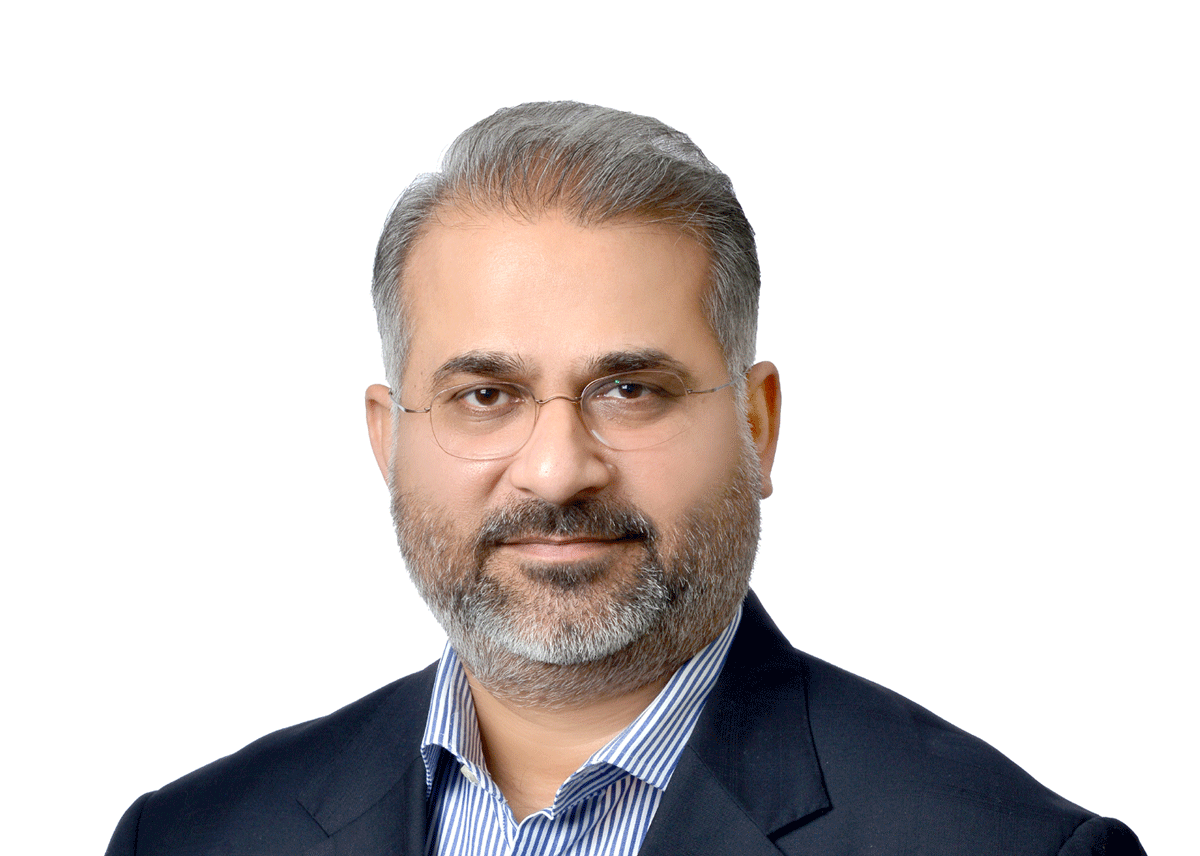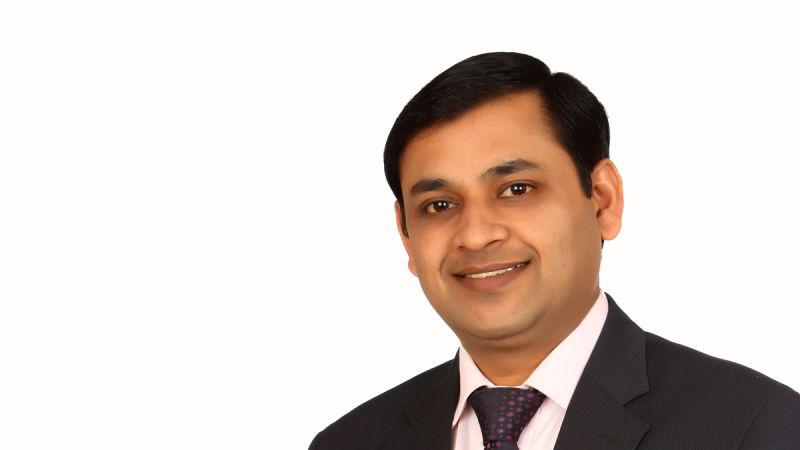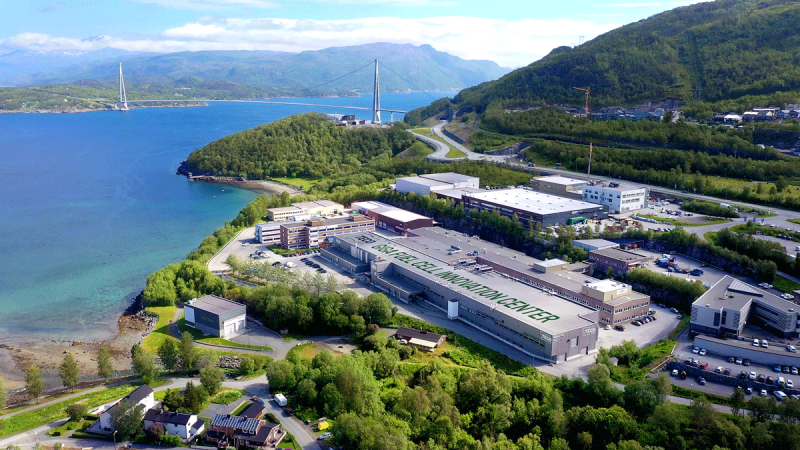West Africa Container Terminal is an 800-person facility located in the oil and gas-free zone in Rivers State, in the Southern part of Nigeria. The facility is owned by APM Terminals, in the ports and terminals division of the Maersk Group and was established to build on Maersk’s long history in the region.
However, when the facility was established in the year 2000, it was by a relatively small team doing set-up to handle Maersk ships in the Eastern part of Nigeria.
“This used to be a swampland. We have created something from nothing to a facility with 800 people working for us and a lot more indirectly,” says Syed Naved uz Zafar, West Africa Container Terminal’s Managing Director.
Since then, West Africa Container Terminal’s journey has been one of technological advancement and expansion, with its most ambitious upgrade to date nearing completion this year.
“Around 85% of our project is complete,” Zafar informs us.
The project constitutes an expansion of our terminal, and major civil works, including a brand-new workshop, a brand-new warehouse, and ongoing maintenance and repairs to its building. It has involved the construction of a cold chain facility with a capacity for 600 reefer containers, stacked together with an independent power supply. A new gate has been established for trucks coming to the facility. 
The upgrade has seen the installation of new, specialised equipment that has seen West Africa Container Terminal transform from a vessel terminal alone, to a full logistics terminal with five shore cranes. The terminal’s stack yard has been converted to house 20 rubber-tyred gantry cranes (RTGs), and the modern facility boasts a fleet of 16 new terminal trucks and forklifts.
This has also involved technological upgrades, including improved IT security, and a new fibre optic network to support West Africa Container Terminal’s mainframe software. A brand new CCT control has also been set up, based on the latest technology.
The New Terminal on Top of the Old
“IT security and access control are an important and critical element to any top-notch security set-up,” Zafar explains. “This was the scope of our project.”
The upgrades to the facility have been so all-encompassing and comprehensive that they amount to the creation of an entirely new terminal.
“To really be honest with you I said to my colleagues we have created a new terminal on top of an old terminal,” Zafar says. “Our old terminal was outdated, and we wanted to really modernise it. With a $112 million investment in equipment and IT security, it is almost a brand-new terminal.”
Even when we speak to Zafar, the work is still ongoing, with a few final, smaller parts of the project nearing completion. By the end of this year, Zafar is planning to have the outgate completed.
A Place for People
But this project is not just about providing new hardware, but about creating a positive and productive work environment.
“We have done so much on the hardware side, but we also need to provide a great place of work for our people, so we set up a new office building and its surroundings,” Zafar tells us. “I told my colleagues when I took over in 2021. Even with all this hardware, to deliver what we are aiming to deliver, our vision to become the preferred gateway to east Nigeria, we need one component- the people. That is where I am really proud of what we have accomplished.”
It was accomplished thanks to very hard work to ensure the right people, trained with the capability and capacity to match West Africa Container Terminal’s top-of-the-line hardware.
“That’s when the magic happens,” Zafar says simply. “I am proud we got the right people on board and invested heavily in training and development and investing in our people.”
To put this in perspective, you must bear in mind that this recruitment drive took place in 2021, during the post-Covid period.
“There were a lot of layovers and slowdowns, but we continued to expand and grow,” Zafar recalls. “We went on to employ almost 100 new people to operate the new equipment we were installing. With our new shore cranes, we employed people from local communities, some of whom did not even know how to drive a car.”
 West Africa Container Terminal sent these new recruits abroad to train while hiring a still bigger batch of over 50 people to operate its new RTGs. Training these people would still prove a challenge in the post-pandemic work, however.
West Africa Container Terminal sent these new recruits abroad to train while hiring a still bigger batch of over 50 people to operate its new RTGs. Training these people would still prove a challenge in the post-pandemic work, however.
“It was sophisticated equipment, but it was difficult for people to travel out because of COVID,” Zafar says. “So, we brought specialised trainers in from Denmark to stay with us for an extended period and train our people.”
West Africa Container Terminal was able to create employment, train and develop its people and create an environment of high productivity and waste elimination. The response from customers to this transformation and change has been a source of pride for Zafar.
“This is a tangible manifestation of the purpose that our group believes in,” he says.
With the hardware part of the project complete, Zafar is now focusing on the next part of the process. This is the process of partnering with trade and business to extract the value from all the investments the facility has made.
“How can we add value to our thousands of customers and clients? How can we give them a superior level of service?” Zafar asks.
The answer, Zafar proposes, is to become an integrated logistics service provider that can improve the entire supply chain.
“We are in a much stronger position now to be a solid partner for our customers, the economy and the country,” Zafar points out. “It allows us to offer a differentiated high level of service to clients.”
However, as Zafar looks forward to the potential partnerships West Africa Container Terminal has in its future, he also wants to draw attention to the partnerships the facility is founded on.
“Looked at holistically, this facility represents an incredible success story of public-private partnership,” Zafar says. “What is unique about this terminal and this business is that when we were established in 2000 there was no market here. The western point in Lagos was the region’s centre for logistics, and it suffered from congestion and bottleneck issues. We created an alternative.”







